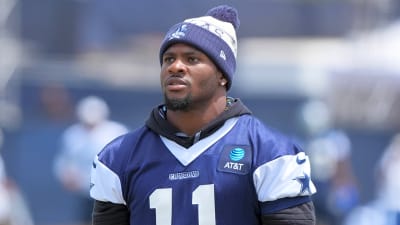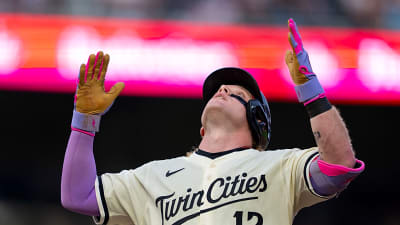
After a few years of stagnant salary caps in the NHL, we’re now seeing some major increases. The first came this summer, but over the next few years, it will continue to soar, withincreases of nearly $10 million a year. Thatsaid, for the Habs, all this is quite advantageous for one simple reason: the club has already signed a number of its core players on a long-term basis. These contracts were signed in an environment where the cap wasn’t really going up (except for Noah Dobson, who just signed), so over time, they’ll quickly become much more affordable. And to illustrate this, the JFresh account (on X) did an interesting exercise, looking at the impact of the contracts signed by the Habs on the payroll in a few years’ time.
And when we look ahead to 2029-30 (i.e., four years from now), we see that the five guys signed long-term in town (Nick Suzuki, Cole Caufield, Juraj Slafkovský, Noah Dobson and Kaiden Guhle) will have an impact on the payroll similar to that of Josh Anderson ($5.5M) last year.
The Habs are in a similar situation; in 2029-30, the group of Suzuki, Caufield, Slafkovsky, Dobson, and Guhle will be making around ~31% of the cap. That’s on average the equivalent of about $5.5M under last year’s cap each. https://t.co/dEEL5IKvtc –
JFresh (@JFreshHockey) July 25, 2025
[content-ads]This projection takes into account a salary cap that will hover around $124M, a realistic projection when you look at the evolution of the next few years. The five players will earn a total of $38,375,000, representing roughly 31% of the salary cap.Anderson’s $5.5 million represented roughly 6% of the salary cap last year… and 6 x 5 is 30. Play with the percentage points and we’re close to 31%. Of course, all this could be subject to change when Lane Hutson and Ivan Demidov sign their next contracts. That said, the fact that the Habs already have five big core players signed to such reasonable contracts means that they’ll be able to afford guys like Hutson and Demidov without being restricted like the Maple Leafs were with the famous Core Four, for example. In a world where the two guys make about $30M between them (which is a very high projection), that would still leave close to $55M to pay for the supporting cast (or other big names, since the club should be able to afford one or two more).The price of supporting players will also go up over time, we agree…. but if the CH pays most of its top players in 2029-30 what it’s paying Josh Anderson right now, that’ll give Kent Hughes and Jeff Gorton (or their successors, if they lose their jobs by then) plenty of room to surround the Habs’ core.
You have to give credit to the management (but also to Marc Bergevin, who signed the Suzuki contract around which the salary scale was built) in this regard, because by thinking long-term like this, they’ve bought themselves a lot of room to manoeuvre in the long term.They’re in a much better position than if they’d given transition contracts to all these youngsters, let’s say.[spacer title=’Overtime’]- Enjoy.
https://www.youtube.com/watch?v=gHp2qhugg4M&feature=youtu.be – Speaking of players signed long-term,
Habs goal of the day:
Juraj Slafkovsky vs Ottawa Senators (February 22nd, 2025) pic.twitter.com/FAENjcgM4g– /r/Habs (@HabsOnReddit) July 28, 2025
– Indeed.
Even though Ovi broke the goal record this year, these Gretzky records will likely never be touched
pic.twitter.com/wRo4aXJHxc
– BarDown (@BarDown) July 28, 2025
More must-reads:
- NHL coaches who have the best chance of success with their new teams
- NFL insider reveals new info on Cowboys-Micah Parsons struggle
- The '250-strikeout MLB seasons' quiz
Breaking News
Trending News
Customize Your Newsletter
 +
+
Get the latest news and rumors, customized to your favorite sports and teams. Emailed daily. Always free!








